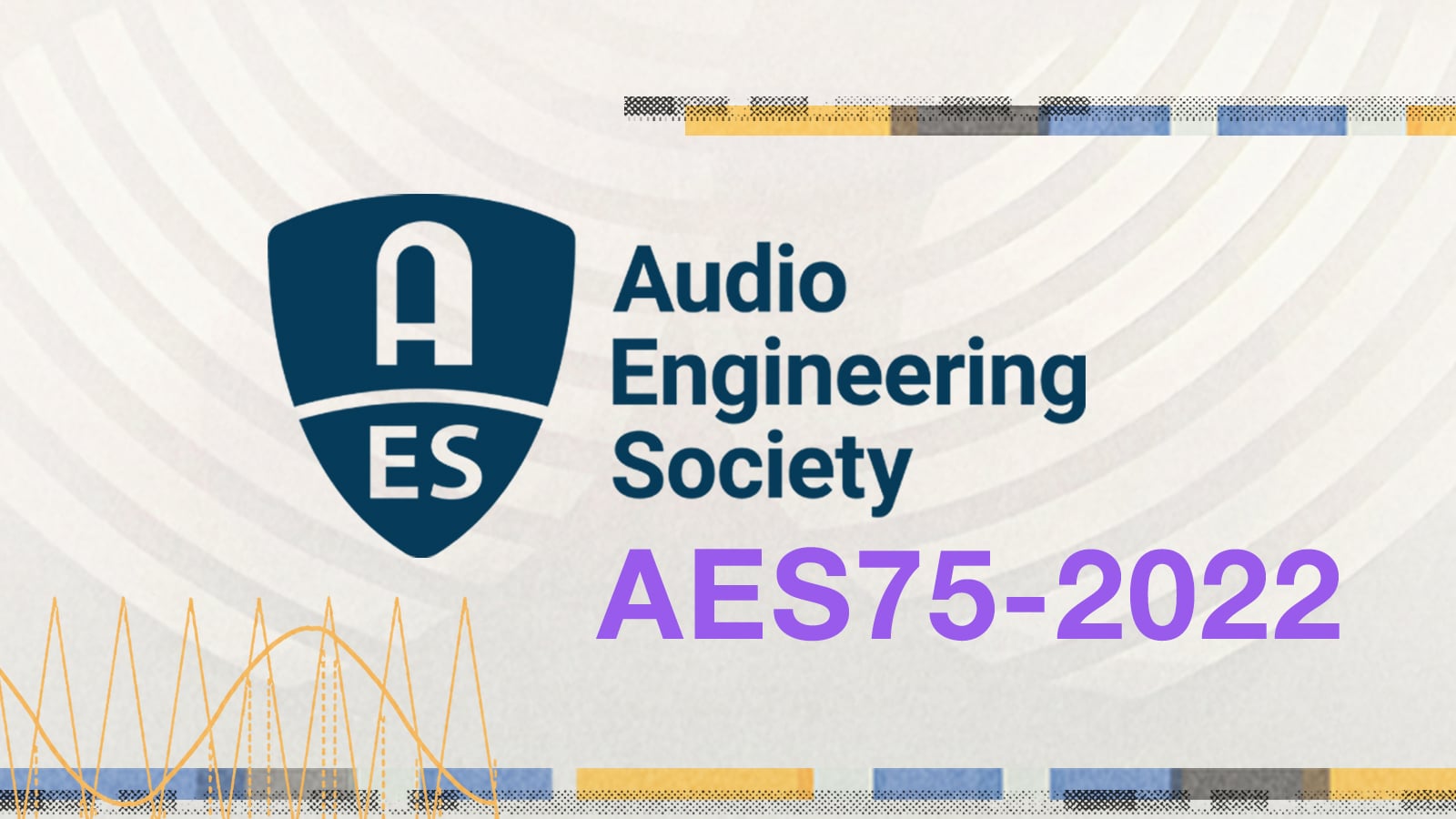Having a common and clearly defined test procedure coupled with a test signal that reflects real-world applications is of enormous benefit to audio professionals.”
John MeyerPresident and CEO, Meyer Sound
Meyer Sound welcomes the adoption and publication of AES75-2022, “AES Standard for Acoustics: Measuring loudspeaker maximum linear sound levels using noise.” The company recognizes that the new standard, which includes the M‑Noise test signal and an independently verifiable test procedure, marks a long-awaited breakthrough in the analysis and objective comparison of loudspeaker output levels.
“Having a common and clearly defined test procedure coupled with a test signal that reflects real-world applications is of enormous benefit to audio professionals,” says John Meyer, president and CEO of Meyer Sound. “It not only allows users to verify the performance limits of their current systems, but also lets them make meaningful, apples-to-apples comparisons of published data for different loudspeakers.”
In the work of the AES SC-04-03-A Task Group, AES75 details a procedure for measuring maximum linear sound levels of a loudspeaker system or individual driver using the M-Noise test signal. Mathematically derived from analysis of hundreds of music selections spanning all genres, M-Noise uniquely exhibits a crest factor characteristic of music program signals. The specified test procedure determines maximum linear sound levels by incrementally increasing playback levels until reaching a stop condition: an unacceptable change in the transfer function’s magnitude or coherence. Specific procedural steps are outlined to accommodate both self-powered and externally powered loudspeakers.
Use of the AES75 procedure will eliminate uncertainties caused by published loudspeaker data that state a maximum SPL output but often are ambiguous regarding the test signal used or other relevant test parameters.
“AES75 is designed to be independently verifiable using analyzers and measurement microphones typically used by audio professionals,” says Meyer Sound Senior Scientist and Innovation Steward Roger Schwenke, Ph.D., a co-chair of the task group. “Because it is independently verifiable, AES75 provides audio system specifiers and users a much more enforceable metric to use in project tenders and architectural specifications.”
Nearly 80 task group members contributed to development and review of the AES75 standard, with representatives from automotive and consumer electronics, cinema, and post-production as well as pro audio.
“I feel that the industry at large has spoken through this new standard, signaling that the time has finally come to have a level playing field in terms of SPL performance metrics,” says Merlijn van Veen, task group co-chair and senior technical support and education specialist at Meyer Sound. “AES75 ushers in a new era, one that should be welcomed by end users and loudspeaker manufacturers alike.”
First introduced in 2019, M-Noise was developed as a means for determining the maximum linear output levels of loudspeaker systems when used in music reinforcement applications. To assure consistent repeatability, a test procedure was developed that specified test parameters and described requirements for associated microphones, signal generators and analyzers.
“We are grateful for the many substantive contributions made by the committee, particularly regarding procedures for externally powered loudspeakers,” says Schwenke. “And we are also very aware of the trust placed in Meyer Sound by adopting the original M-Noise test signal into the standard with no changes.”
AES75-2022 “AES standard for acoustics — Measuring loudspeaker maximum linear sound levels using noise” can be found on the Audio Engineering Society website here. The M-Noise signals and coherence test tracks are available for download here.




